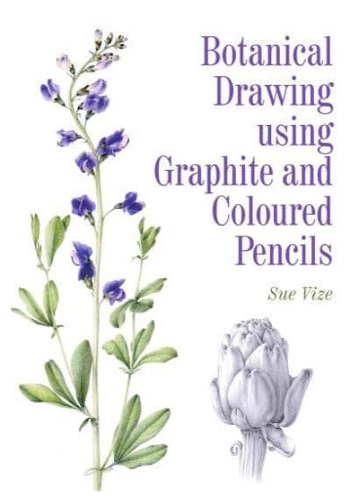Chapter 1: Introduction to Botanical Drawing
* Defines botanical drawing as the art of scientifically and aesthetically representing plants.
* Discusses the importance of observation and accuracy in capturing plant details.
* Example: A detailed pencil drawing of a rose flower, showing its petals, stamens, and pistils.
Chapter 2: Materials and Techniques
* Covers the essential materials for botanical drawing, including graphite pencils, coloured pencils, erasers, and paper.
* Provides step-by-step instructions on pencil holding, sharpening, and shading techniques.
* Example: A demonstration of how to create a smooth gradient using graphite pencils for a leaf.
Chapter 3: Basic Plant Structures
* Introduces the fundamental principles of plant anatomy, including root, stem, leaf, flower, and fruit structures.
* Provides diagrams and examples to help understand these structures.
* Example: A labelled diagram of a plant showing the arrangement of leaves on the stem (phyllotaxy).
Chapter 4: Drawing Leaves
* Discusses the various shapes, sizes, and textures of leaves.
* Covers techniques for capturing leaf veins, margins, and surfaces.
* Example: A coloured pencil drawing of a maple leaf, highlighting its serrated edges and variegated colours.
Chapter 5: Drawing Flowers
* Delves into the complex structures of flowers, including petals, sepals, stamens, and pistils.
* Provides guidance on drawing flower shapes, symmetries, and details.
* Example: A graphite pencil sketch of a daisy, capturing its radial symmetry and overlapping petals.
Chapter 6: Drawing Fruits and Seeds
* Covers the diversity of fruit and seed forms, from fleshy berries to dry capsules.
* Discusses techniques for capturing their textures, colours, and internal structures.
* Example: A coloured pencil drawing of a pomegranate, showing its segmented interior and studded exterior.
Chapter 7: Composition and Arrangement
* Explores principles of composition, such as balance, contrast, and rhythm.
* Provides tips for arranging plant specimens for effective drawings.
* Example: A botanical sketch of a fern, creating a harmonious balance between the delicate fronds and the surrounding space.
Chapter 8: Advanced Techniques
* Introduces advanced drawing techniques, including rendering, stippling, and cross-hatching.
* Covers creating depth, texture, and highlights.
* Example: A graphite pencil drawing of a tree bark, using cross-hatching to convey its rough texture.







